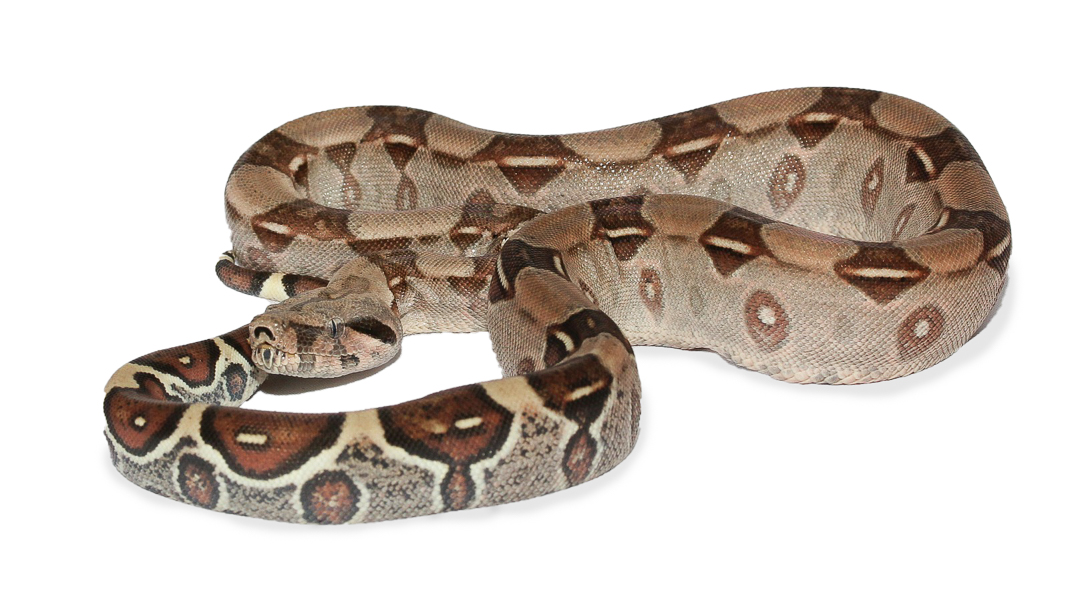
Baby Red-Tailed Boa Care: A Comprehensive Guide
Introduction
The red-tailed boa (Boa constrictor) is a popular pet snake species known for its docile nature, striking coloration, and relatively manageable size. Baby red-tailed boas, in particular, make excellent pets for experienced reptile keepers and those new to the hobby alike. However, providing proper care for these delicate creatures requires a thorough understanding of their specific needs and requirements. This comprehensive guide will delve into every aspect of baby red-tailed boa care, ensuring the well-being and longevity of your beloved pet.
Enclosure
- Size: Baby red-tailed boas require a spacious enclosure that allows them to move around comfortably. A 20-gallon tank is suitable for hatchlings, while juveniles can be housed in a 40-gallon tank. As they grow, they will need progressively larger enclosures.
- Substrate: Aspen shavings, cypress mulch, or coconut husk are ideal substrates for baby red-tailed boas. These materials provide good drainage, insulation, and a natural environment.
- Hides: Provide multiple hides within the enclosure, including a warm hide and a cool hide. This allows the snake to regulate its body temperature and feel secure.
- Water Bowl: A shallow water bowl should be provided at all times. Ensure it is large enough for the snake to soak in but not so deep that it can drown.
- Decor: Add branches, rocks, or artificial plants to the enclosure for enrichment and climbing opportunities.
Temperature and Humidity
- Temperature: Baby red-tailed boas require a temperature gradient within their enclosure. The warm end should be maintained at 88-92°F (31-33°C), while the cool end should be around 78-82°F (26-28°C).
- Humidity: The humidity level should be kept between 60-70%. This can be achieved by misting the enclosure regularly or using a humidifier.
Feeding
- Frequency: Baby red-tailed boas should be fed every 5-7 days. As they grow, the feeding frequency can be reduced to once every 10-14 days.
- Prey Size: The prey size should be appropriate for the snake’s size. Hatchlings can be fed small mice, while juveniles can be fed larger mice or small rats.
- Feeding Method: Feed the snake in a separate enclosure to prevent it from associating its home with food. Use tongs to offer the prey item and ensure the snake has fully consumed it before removing it.
Handling
- Frequency: Handle baby red-tailed boas sparingly, especially during the first few weeks after bringing them home. Over-handling can stress the snake.
- Technique: Support the snake’s body fully and avoid sudden movements. Handle it gently and never squeeze or grab it.
- Duration: Limit handling sessions to 10-15 minutes at a time.
Health Care
- Veterinary Care: Regular veterinary checkups are essential for monitoring the snake’s health and detecting any potential issues early on.
- Parasites: Baby red-tailed boas can be susceptible to parasites, such as mites and roundworms. Regular fecal exams and deworming treatments are recommended.
- Respiratory Infections: Respiratory infections are a common health concern in snakes. Symptoms include wheezing, coughing, and nasal discharge. Seek veterinary attention immediately if these symptoms appear.
- Shedding: Baby red-tailed boas shed their skin regularly. Provide a humid environment and a rough surface for them to rub against to facilitate shedding.
Common Problems
- Feeding Strikes: If your baby red-tailed boa refuses to eat, check the temperature and humidity levels in the enclosure. Ensure the prey size is appropriate and offer it in a separate enclosure.
- Respiratory Infections: Symptoms include wheezing, coughing, and nasal discharge. Seek veterinary attention immediately.
- Skin Problems: Mites and other parasites can cause skin irritation and lesions. Regular fecal exams and deworming treatments are recommended.
- Burns: Baby red-tailed boas can be sensitive to heat. Ensure the temperature gradient is correct and avoid placing the enclosure in direct sunlight.
Conclusion
Providing proper care for baby red-tailed boas requires a commitment to meeting their specific needs and requirements. By following the guidelines outlined in this comprehensive guide, you can ensure the well-being and longevity of your beloved pet. Remember to provide a spacious enclosure, maintain optimal temperature and humidity levels, feed the snake appropriately, handle it gently, and seek veterinary care when necessary. With patience, dedication, and a deep understanding of their unique needs, you can create a thriving environment for your baby red-tailed boa to flourish.
